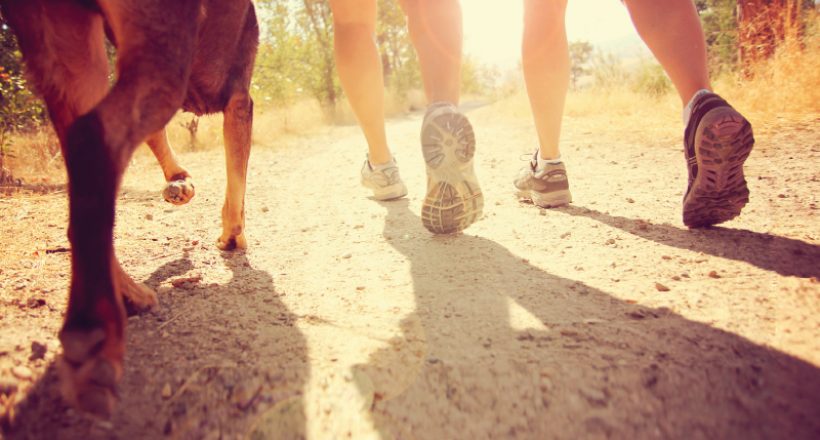
Walking: The Anti-Aging Medicine
- FEB 26, 2020Warning: count(): Parameter must be an array or an object that implements Countable in /home/howlermag/public_html/old/wp-content/themes/new-paper/includes/general.php on line 193

Your Lead Paragrpah goes here
For many excellent reasons, walking is one of the most common favorite exercises. It is the easiest and least expensive form of exercise and requires no special skills or equipment. It can be done nearly anytime, anywhere. People of almost any age in almost any condition can walk safely without the risk of jarring and injuring their ankles, hips or spine.
Regular moderate exercise such as walking may increase your quantity as well as quality of life. Those who exercise only three to five hours a week live one to three years longer on average than those who don’t. Walking is one of those activities that is so important in forestalling the effects of old age it could be called the “anti-aging” medicine.
Using leg power instead of gas power
may add healthy years to your lifespan.
Fit for a longer life
In addition to having cardiovascular benefits, our “most natural” physical activity scores high in other fitness categories, including weight control. Regular exercise not only burns off calories but raises the body’s metabolic rate, resulting in more calories being burned faster.
Research and clinical experience have proven the positive impact of moderate exercise, particularly walking, following surgery for heart attacks and in managing adult onset diabetes. Regular walking is also beneficial in preventing frequent migraine attacks as well as treating many so-called “aging” consequences. Loss of muscle strength, elevated blood pressure and depression symptoms are just a few examples. Doctors frequently advise a regular walking program as part of the treatment for back, neck and joint problems.
Walking has also proven effective in relieving psychological problems, such as the type-A behavior patterns of people who are overly rushed, aggressive and competitive. Reduced weight, blood pressure and blood fats may occur as well.
In addition to planned exercise walks lasting 20 to 45 minutes, at least three times a week, look for other opportunities to stretch your legs. Climb stairs instead of using the elevator. Walk to the store and to places in the community where driving is not the only option. It may take a little longer to get there, but using leg power instead of gas power may add healthy years to your lifespan.
Dos and don’ts
Get ready for your walks by wearing properly fitted walking shoes and comfortable, loose-fitting clothing. Dress in layers to keep warm or cool depending on the weather. Brisk walking generates body heat, so layered clothing enables you to adjust as needed.
Don’t exercise vigorously after a large meal or if injured, ill or have been drinking alcohol. Take care to avoid overexertion when it’s hot and humid, or very cold and windy.
Like any new activity, your walking program should be staged in moderately, especially when exercise has not been a part of your normal routine. Start at a comfortable pace of a mile in 30 minutes (two miles an hour). After a week or two, increase your distance to 1.5 miles and pick up the pace to three miles an hour.
Use these rules of thumb to avoid overdoing it. During an exercise walk you should:
-
- be able to carry on a conversation with another person
- experience no pain
- not feel excessively fatigued









